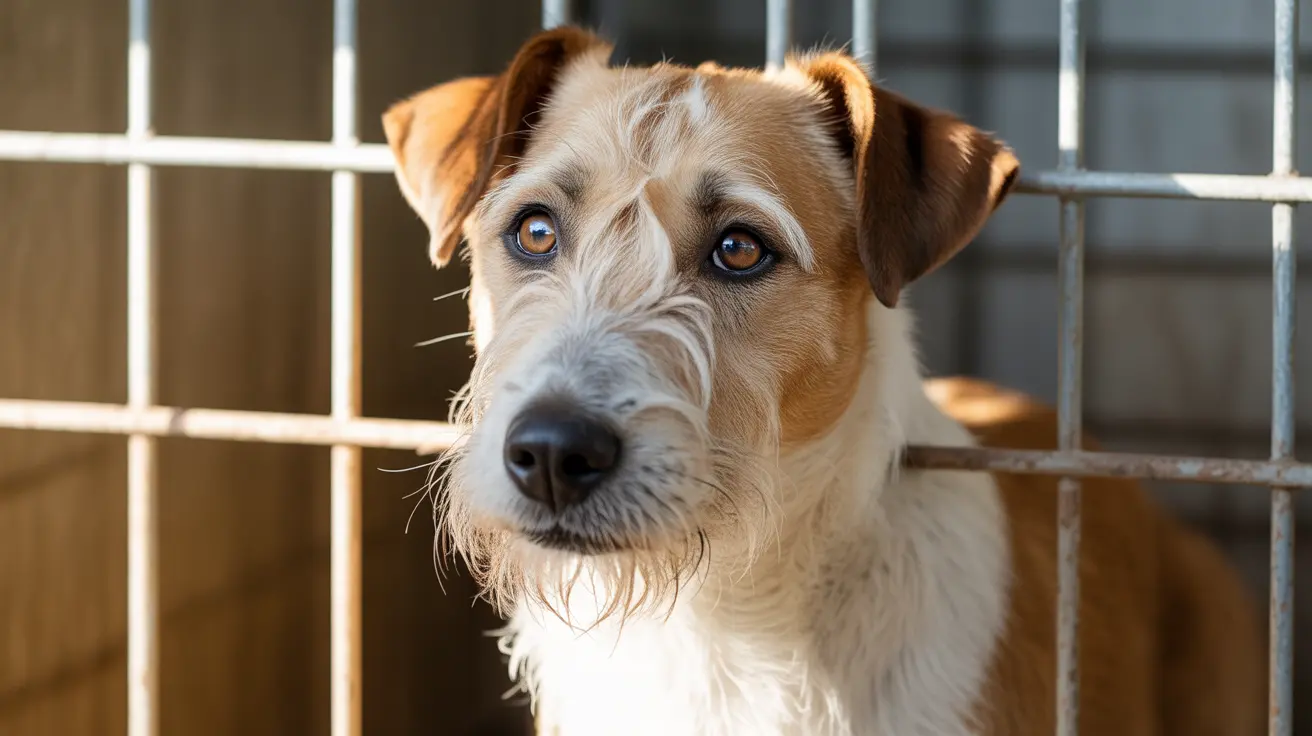Understanding and Managing Clingy Behavior in Dogs
It’s heartwarming when your furry companion follows you lovingly around the house, but when this behavior becomes excessive, it can signal deeper emotional or health issues. Dogs at times exhibit clingy, or “velcro,” behavior—characterized by an overwhelming need to stay close to their human companions. Understanding the causes and offering well-balanced solutions can help both dog and owner thrive.
What Is Clingy Behavior in Dogs?
A clingy dog consistently follows its owner, demands attention, and struggles with being alone. While some closeness is endearing and breeds naturally vary in sociability, excessive clinginess may stem from psychological or physiological factors.
Common Causes of Clingy Dog Behavior
- Learned Behavior: Dogs reinforced with affection or treats when being needy may continue this behavior, especially if they developed a strong dependence early in life.
- Health Issues: Age-related hearing or vision loss, pain, or illness can prompt dogs to seek closeness as a comfort mechanism. Sudden clinginess warrants a vet visit.
- Anxiety and Stress: Life changes—moving homes, new pets, or shifts in household dynamics—can provoke emotional distress, causing a dog to cling to their perceived source of security.
- Separation Anxiety: Unlike ordinary clinginess, separation anxiety includes panic behaviors when left alone—such as barking, destructive chewing, or potty accidents.
- Breed Disposition: Breeds like Shih Tzus, Poodles, Chihuahuas, and Labradors are naturally more attached, often yearning for human companionship over solitude.
- Past Trauma or Shelter Background: Shelter dogs or those with prior traumatic experiences may exhibit insecurity and need constant assurance from their new families.
- Lack of Confidence: Poor early socialization or being overly protected can result in dependence on the owner for cues and decisions.
- Attention-Seeking or Boredom: Dogs may act needy out of a desire for stimulation, affection, or entertainment, particularly if their physical or mental activity needs aren’t met.
- Hormonal Imbalances: Conditions like pregnancy, being in heat, or endocrine disorders like hypothyroidism may impact a dog’s emotional state.
- Environmental Triggers: Weather changes, such as approaching storms, may create unease and drive a dog to seek its owner.
- Resource Guarding: In some cases, dogs become possessive and 'guard' their humans from other pets or people.
Warning Signs of Problematic Clinginess
- Following owner from room to room constantly
- Whimpering or barking as soon as the owner moves away
- Destructive chewing or accidents when alone
- Loss of appetite or disinterest in toys when the owner is absent
- Refusing to rest unless physically close to the owner
Why Ignoring a Clingy Dog Isn’t a Solution
Ignoring clingy behavior without context can backfire. Dogs rely on their humans for emotional cues; being dismissed may increase stress and deepen the dependency cycle. Instead, owners should focus on identifying what’s fueling the clinginess—be it health, anxiety, or behavior—and address that root cause compassionately.
Effective Strategies to Reduce Clingy Behavior
- Promote Physical Exercise: Dogs with high energy need tailored physical outlets such as daily walks, agility play, or fetching games.
- Ensure Mental Stimulation: Challenge your dog with puzzle toys, obedience training, scent work, or interactive play.
- Establish an Independent Space: Designate a cozy area, like a bed or crate, stocked with calming toys and chews.
- Desensitize Departure Cues: Practice picking up keys or putting on shoes without leaving, to reduce anxiety associated with these cues.
- Reward Independence: Encourage and reward your dog when they settle alone, rather than seeking attention for clinginess.
- Build Consistency: Maintain a predictable daily routine to help your dog feel secure amidst structure.
- Check for Medical Issues: Any sudden behavioral shift warrants a full veterinary check to rule out illness or pain.
- Treat Separation Anxiety Deliberately: If your dog exhibits signs of severe distress when left alone, consider gradual training techniques or consult a professional.
- Introduce Variety: Rotate toys, vary walking routes, and expose your pet to new people and environments to build confidence.
- Stay Patient with Traumatized Dogs: For rescue or traumatized pets, consistency, kindness, and routine can rebuild trust and reduce anxiety.
When to Seek Professional Help
If your dog’s clinginess persists despite your efforts, or if the behavior intensifies into destructive or panicked responses, seeking guidance from a veterinarian or certified canine behaviorist is the next best step. A professional can help evaluate both behavioral and medical contexts, and create a personalized intervention plan.
Final Thoughts
It is not ideal to ignore a clingy dog completely. Compassion and structured training are key. By exploring the behavioral and physical underlying causes, pet owners can redirect clinginess into balanced confidence. A calm and independent dog is not only easier to live with—it’s a sign of good mental well-being. Building this balance takes time, commitment, and empathy.





